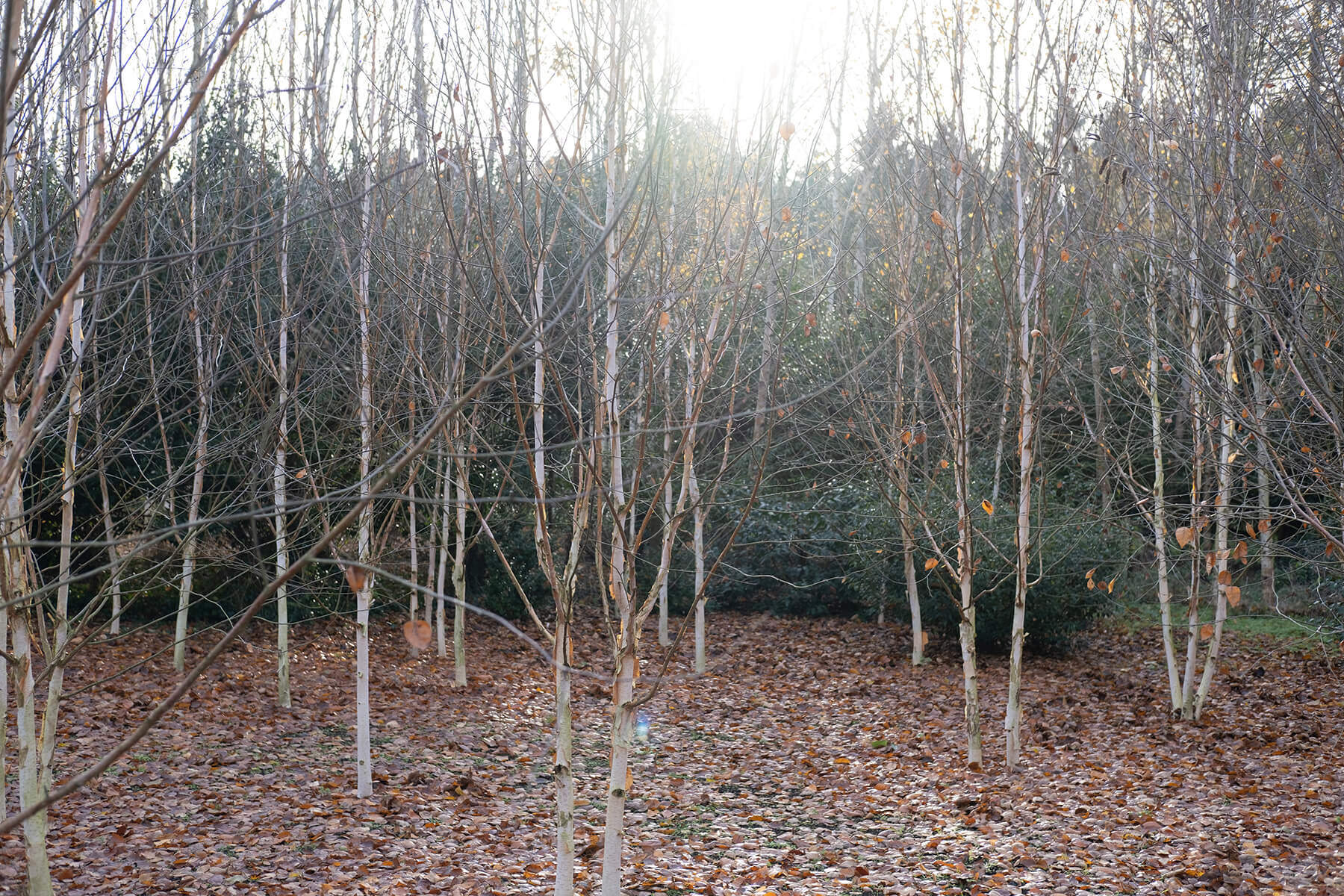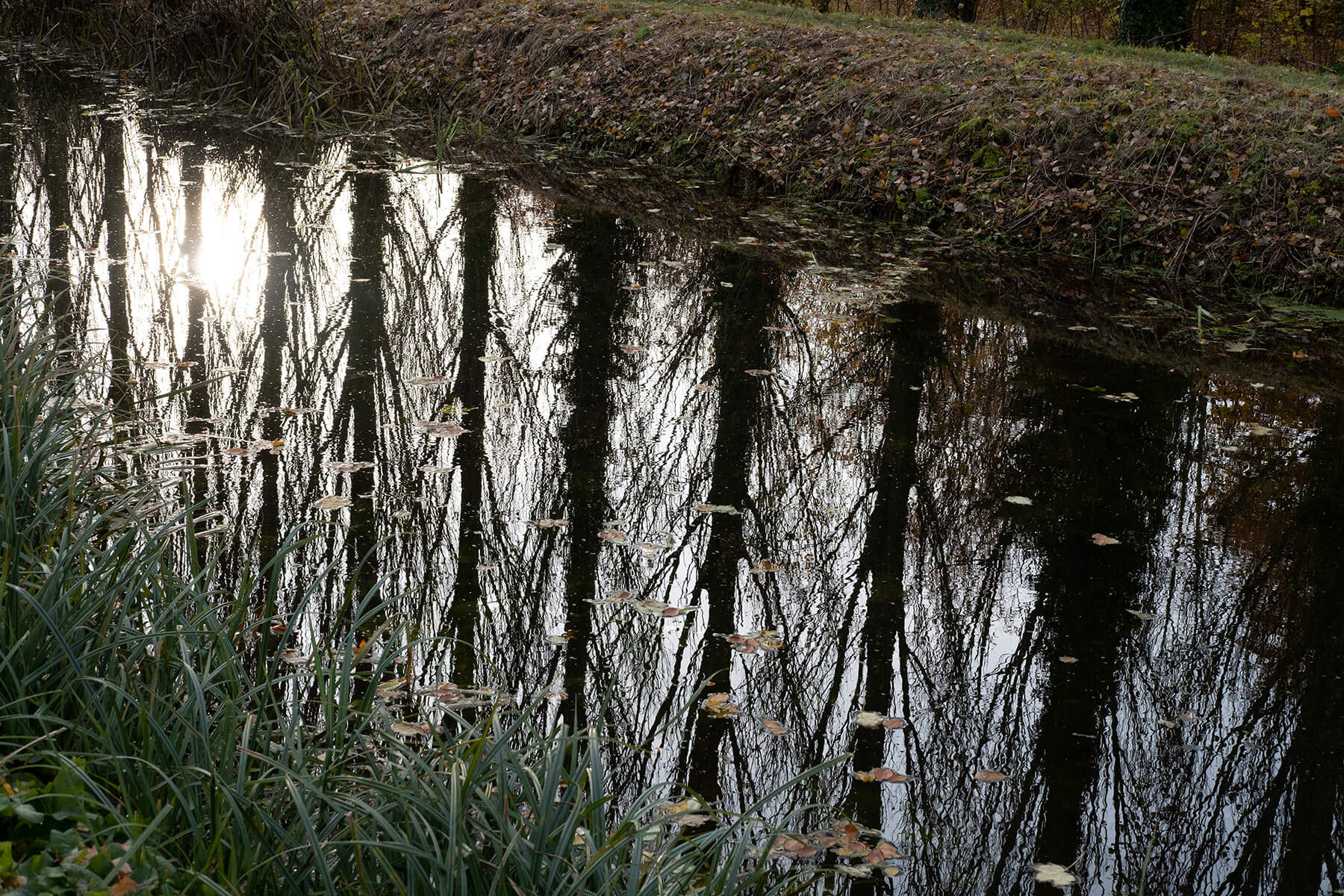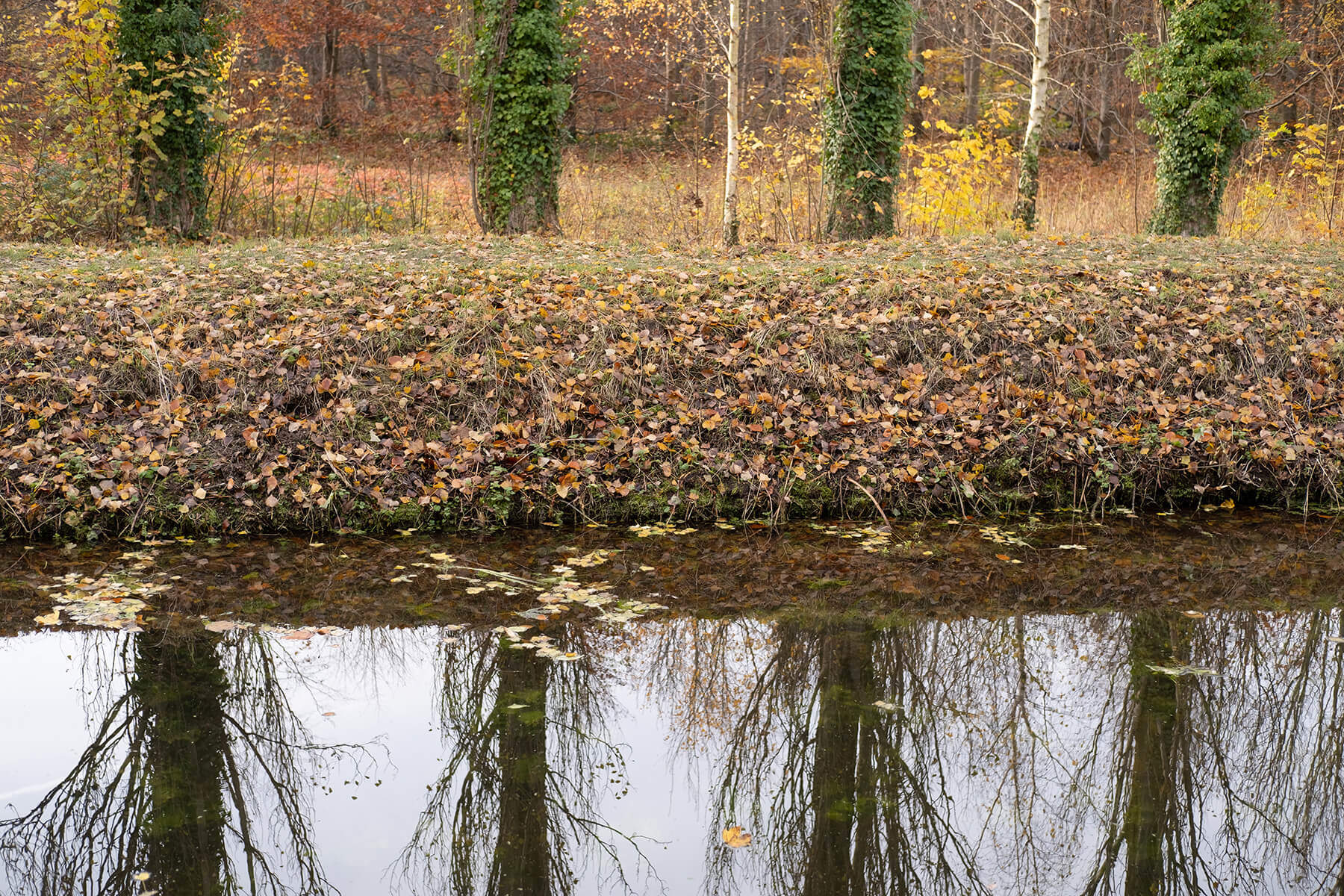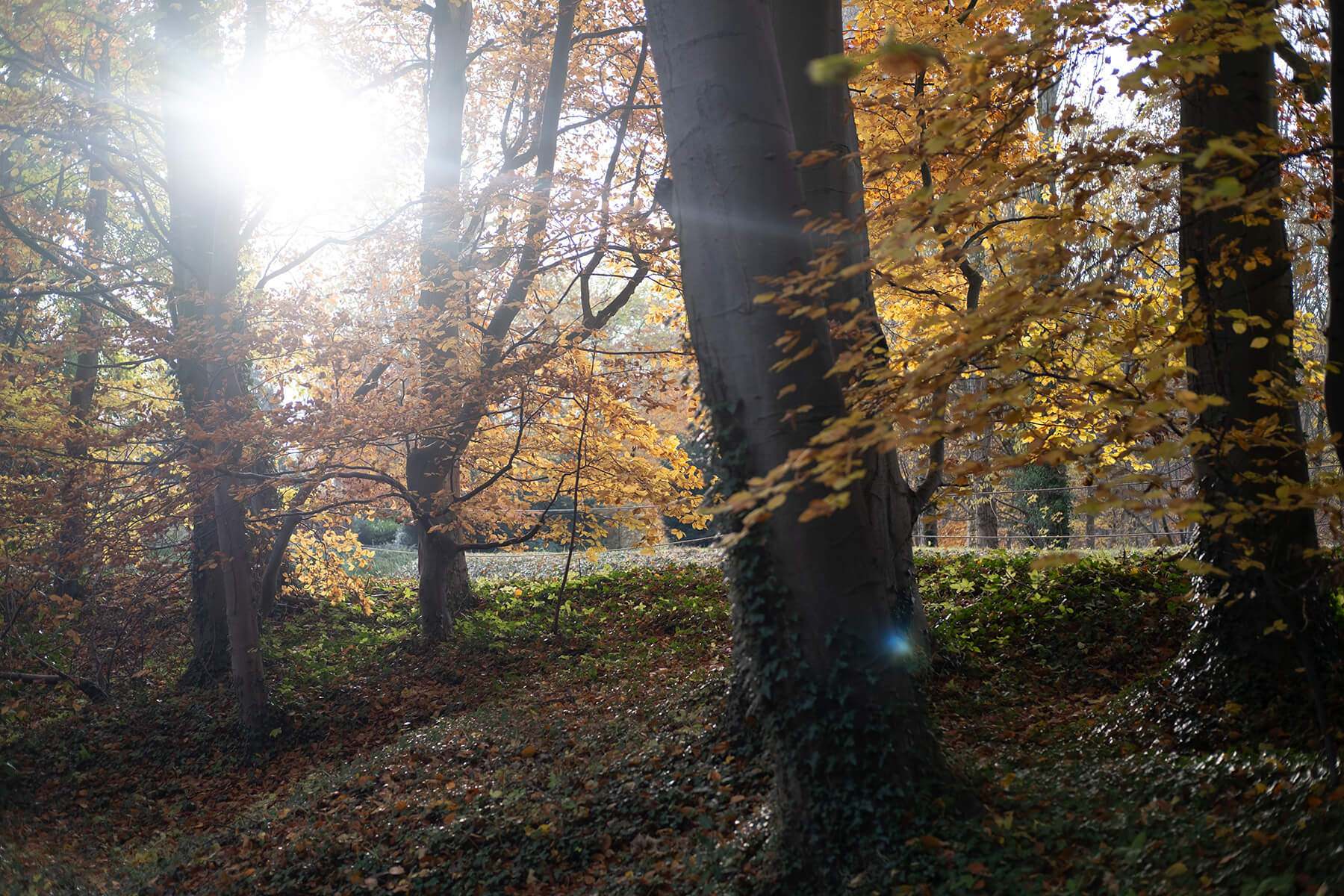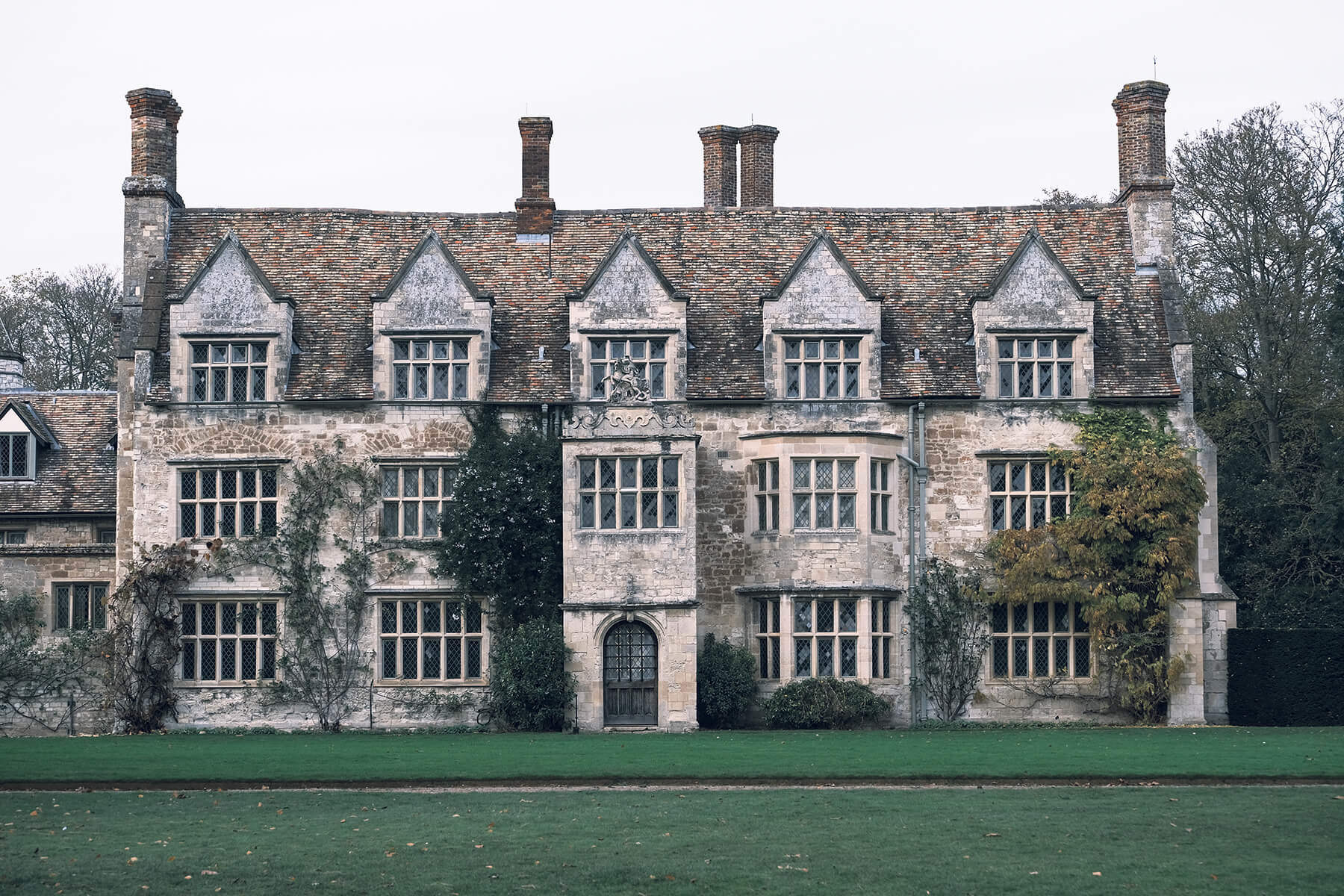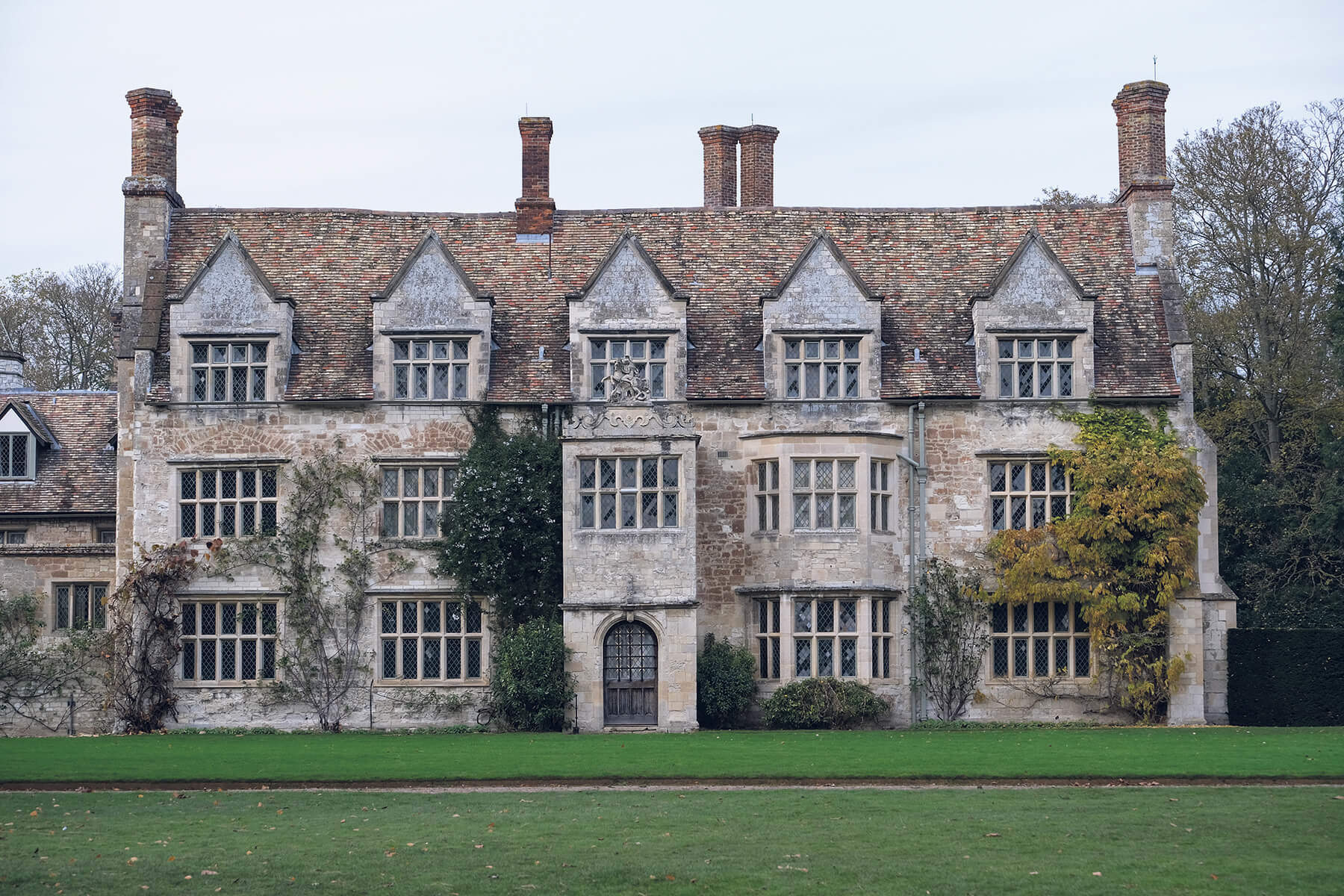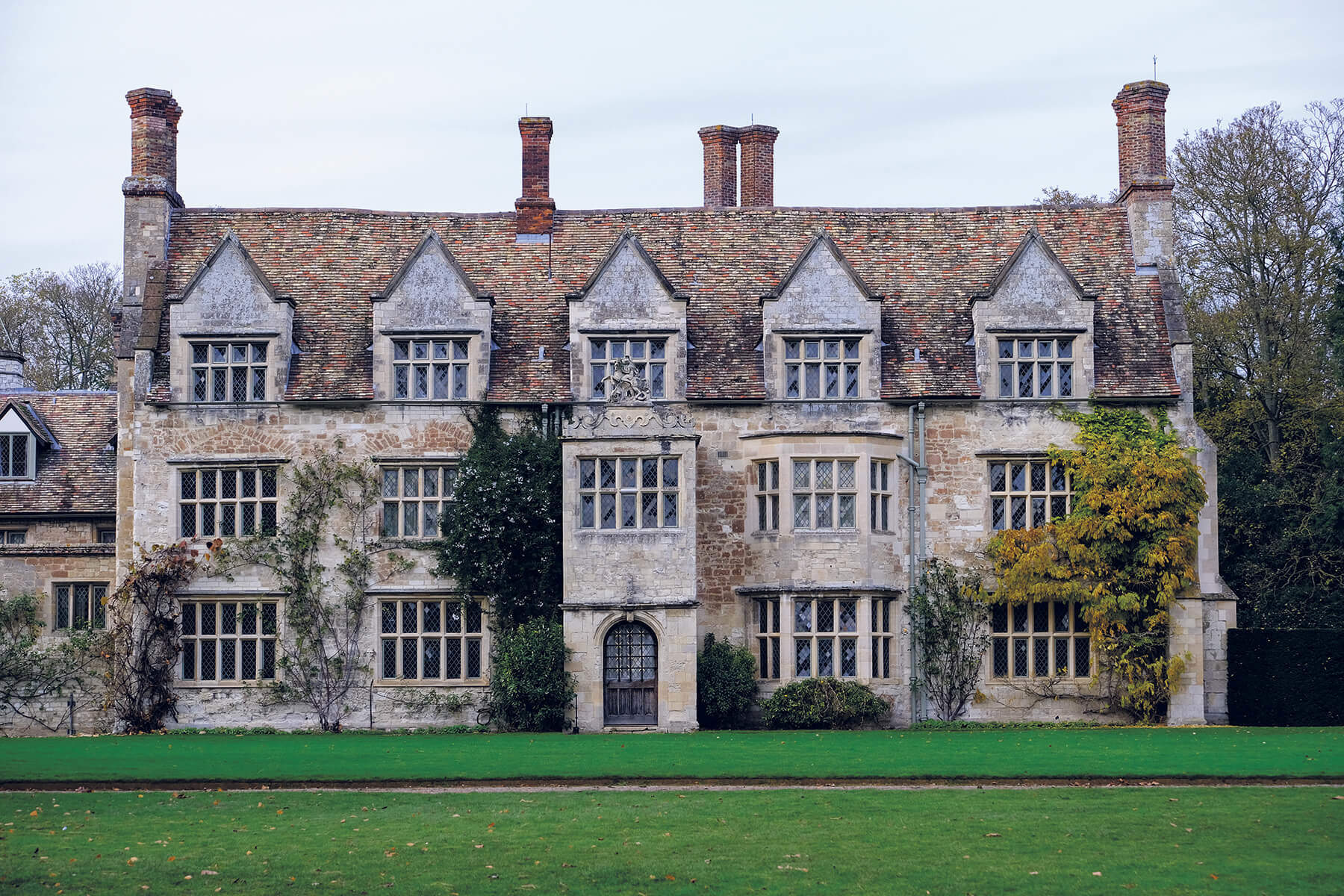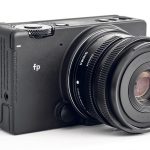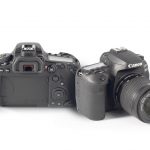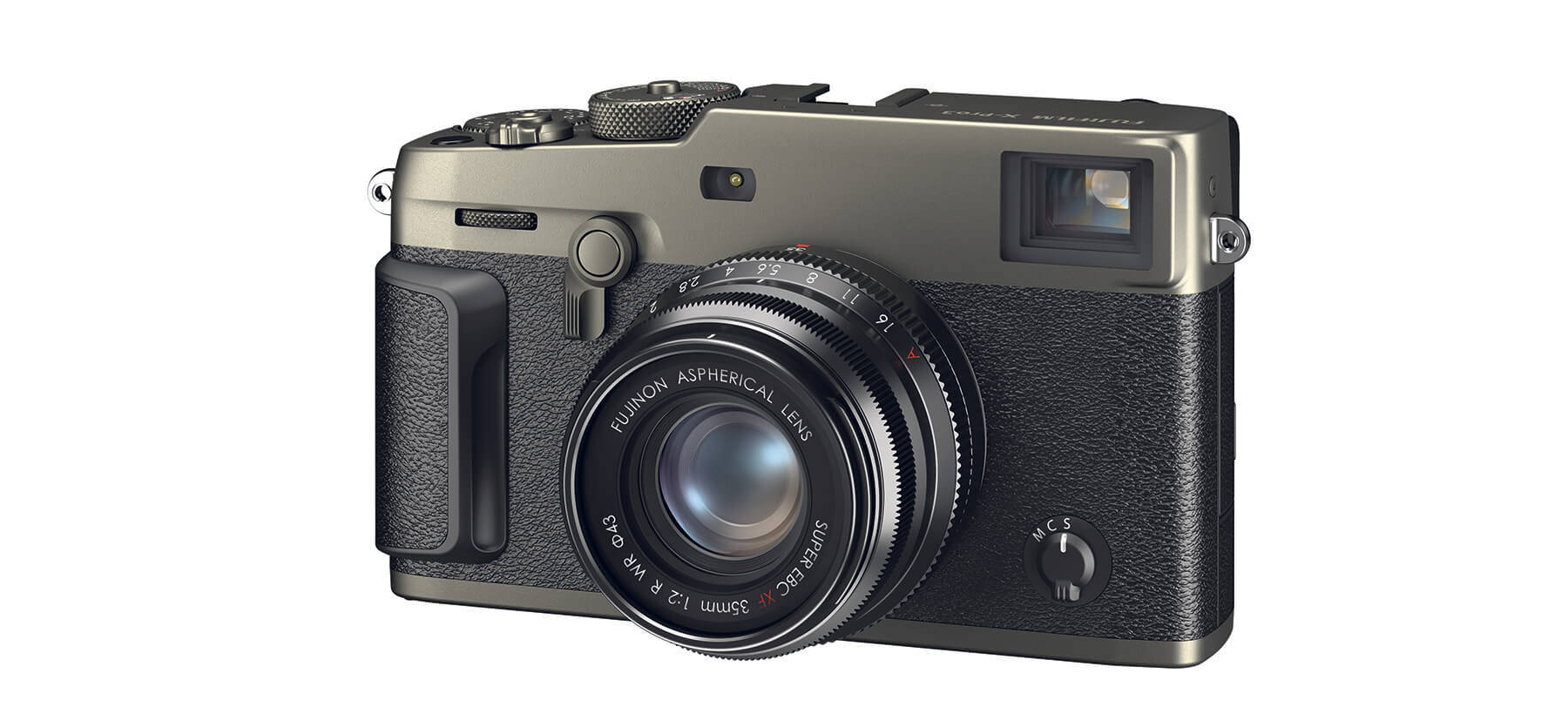
Fujifilm X-Pro3 test: a new Fujifilm flagship
Posted on Nov 29, 2019
Fujifilm’s new flagship model aims to give a more realistic photographic experience with its hidden monitor, and that’s just one of the X-Pro3’s many great features.
Fujifilm’s X Series was innovative from the instant it was released in 2012, with its unique random colour sensor and emphasis on fast aperture prime lenses. The system has come a long way since and, with a range of models on offer, it’s proved really popular with image-makers of all genres and levels.
The X-Pro3 is Fujifilm’s latest and possibly its most noteworthy innovation. It’s not what it has, but what it doesn’t have: there’s no rear monitor. Well, that’s not strictly true – it’s there, but it faces into the body, so is effectively hidden in normal use. It’s Fujifilm’s way of encouraging – forcing! – photographers to engage with their subjects through the viewfinder and the chance to enjoy more of a film shooting experience. Of course, some cameras with fully articulating monitors allow you to do this anyway, but with the X-Pro3, you don’t have the choice to suddenly decide to shoot and preview as we’re all used to now.
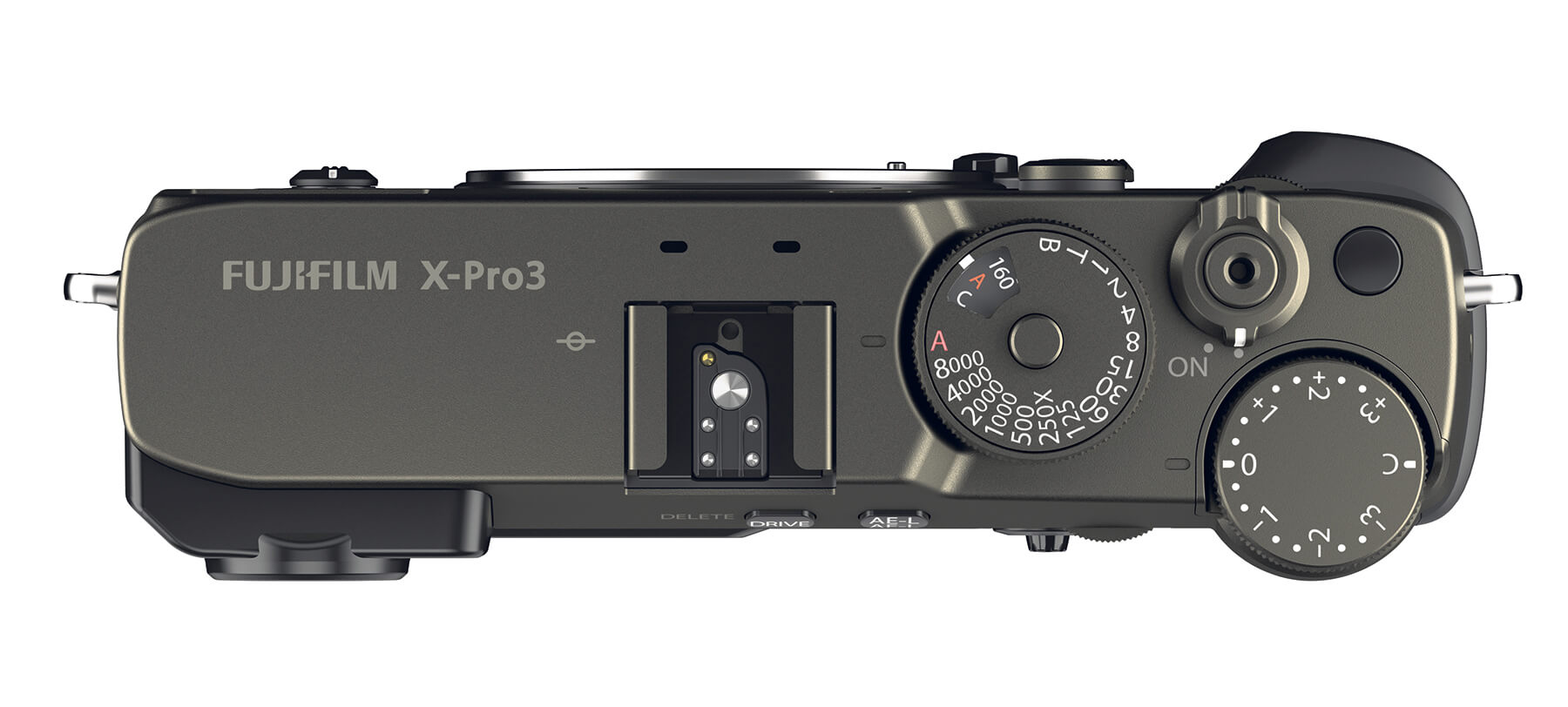
Image The exposure compensation would benefit from a firmer click-stop or a lock to stop inadvertent use. Or a menu item to lock the dial, but without affecting the actual exposure compensation feature
The monitor is hinged and does fold down with a click-stop at 90° for waist- or low-level use and continues down to 180°, should you want to compose from a higher camera viewpoint. In its folded-out position, you can use the monitor to compose, preview shots, touch AF or touch shoot, and adjust menu settings with the multi-controller.
As I’m on the subject, I might well say how I got on with the hidden monitor. Honestly, I enjoyed it once the camera was set up. You can use the viewfinder for menu set-up and for using the quick menu, but that didn’t seem right and wasn’t comfortable, so I folded the monitor out and used it quite happily. The main menu can’t be set by touch but the quick menu can be, and that of course can be edited to suit your needs.

Image Late, soft light and a tranquil autumnal scene were the perfect ingredients for the Classic Neg Film Simulation mode to show off its potential. The subdued colour rendition adds an atmosphere of its own. Using a Fujifilm 55-200mm f/3.5-4.8 lens at 55mm, the exposure at ISO 400 was 1/20sec at f/5.7. The lens’s image stabiliser helped to produce a pin-sharp shot
Performance: ISO
The X-Pro3 uses Fujifilm’s X-Trans CMOS 4 sensor and X-Processor 4 image processing engine – the same pairing is used in the popular X-T3.
Digital noise is impressive with a high standard of performance into the high ISO settings.
The Raw test images here were taken on an X-Pro3 fitted with 16mm f/2.8 lens and the pair on a tripod. The base exposure for the ISO 160 shot was 6secs at f/10. In-camera noise processing was set to zero
and no extra noise reduction was applied during processing in Lightroom. Images were viewed at 100% using a BenQ SW320 32in screen and on prints made using an Epson SC-P800 printer.
Our test images were very smooth and not a factor at all until ISO 800, where a grain effect was visible in areas of smooth tone and in the shadows. Detail, however, remained crisp and unaffected by any digital noise that was present, although that changed slightly by the time ISO 2000 was reached, when fine, crisp lines lost their definition. Overall, image quality still looked impressive though, with lovely tonality, rich colours and digital noise graining was more obvious, but it was neutral and looked filmic.
Obtaining high-quality A3 and larger prints at ISO 3200 is not an issue. Clearly, depending on the situation and with some noise reduction in processing, even ISO 6400 files from the X-Pro3 can be used large, which I think is a very fine showing from an APC-sized sensor.
Click the images to see a larger view
As I was testing the camera, I did find myself a little frustrated by having to use the monitor to use the menus and to check test shots. Of course, testing a camera is not typical usage and I did find that once set up and out shooting, I enjoyed just using the viewfinder.
My preference on that, by the way, was for the EVF. The 3.69 million dot organic EL panel gives a lovely, finely detailed image and, with 97% coverage of the sRGB colour space for accurate rendition of scenes, it was a real pleasure to use.
Toggling between the EVF and the optical finder, as with the previous X-Pro models, is done by a simple flick of the lever on the camera front. The optical finder is good and you can still have the histogram (and much more) on show, but I think the EVF is so good I stuck with that mostly.
For my own photography, I shoot a lot of street and candids and I very rarely check out what I have captured at the time, and can take hundreds of shots without previewing my results. In this context, the X-Pro3 suited my needs very nicely indeed, but for scenics, I tend to look and check results much more frequently, so the hidden monitor has less practical appeal.
On occasion, I did fold the screen down for waist-level grab shots so, again, the monitor fitted in well and the touch AF/touch shoot options came in very useful, too. For waist-level shooting, it’s best to turn off the eye sensor to avoid losing the image if your body or fingers get too close to the sensor, which is to the right of the viewfinder eyepiece.
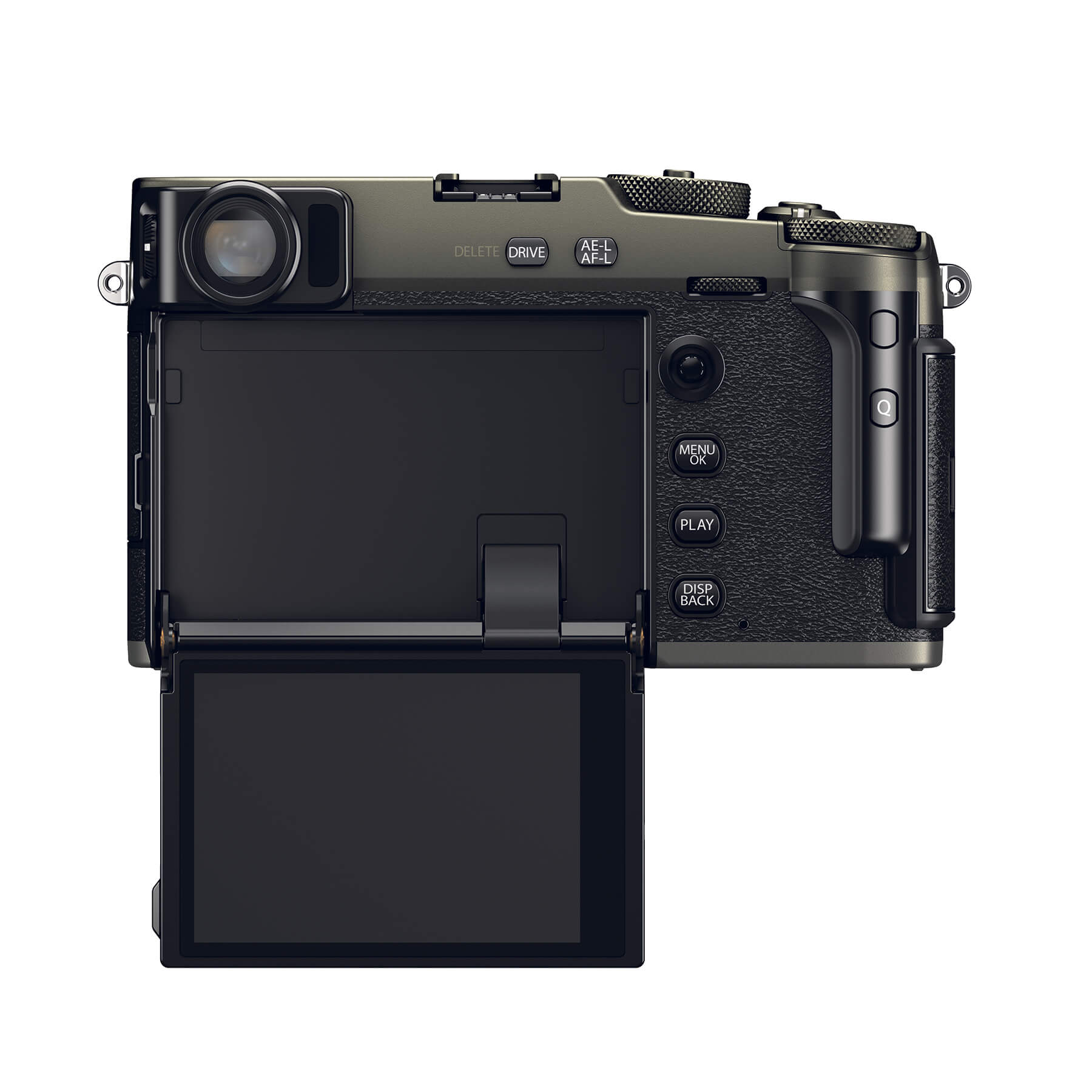
Image The monitor folds all the way down and is click-stopped at 90°. It’s a touchscreen and offers touch AF and AF shooting. For playback, use touch gestures to enlarge images
For image review, the touchscreen lets you swipe through shots and pinch (to zoom out on images) and spread (to enlarge images). then you can navigate around shots with your forefinger.
What you do get on the rear panel is a small sub-monitor. On this, you can have the camera’s settings showing when the camera’s on, or remaining frames/battery condition when it is switched off. Or you can have the camera’s Film Simulation mode on show (and this is on show even when the camera’s switched off) so this is reminiscent of the memory slot on the back of film cameras.
The X-Pro3’s hidden/sub-monitor is the camera’s big talking point and it’s probably not going to give the camera a mass appeal, but there are plenty more highlights of what is a seriously well-endowed machine.
More from the X-Pro3
Click the images to see a larger view
The X-Pro3 is available in three finishes. There’s a standard black and two Duratect-coated titanium exterior versions – black and silver – which sell at a £180 premium. Titanium is used for the X-Pro3’s top and bottom plates and the Duratect coating gives a finish that is super tough and resistant to heavy handling. The titanium/Duratect combination gives a finish tougher than stainless steel and, with 70 environmental seals (which the standard black version shares), the camera’s credentials for ruggedness are impressive.
I tested a Duratect black finish sample, which I thought looked wonderful when I unboxed it. While I am not doubting the coating’s toughness, it did pick up finger grease readily, which gave the camera a used look after a while, but then that’s cool.
In terms of body design, my personal highlight was the handgrip. The very pronounced ridge for the right thumb and the contoured grip on the front allowed a very secure grip while carrying the camera in one hand, ready to shoot. An optional grip is available.
At the other end of the scale was the exposure compensation dial and, even while on C where compensation setting is transferred to an input dial, I found I managed to move the dial off that click-stopped setting. There is the option of locking exposure compensation in the camera’s Lock menu item, but I prefer the option of locking the actual compensation dial, not the feature which is so important. I think if I owned an X-Pro3, I might apply a small piece of black gaffer tape to stop the dial shifting.
The camera’s sensor and processor is the same duo found in the X-T3 and X-T30, so you get a 26.1-megapixel X-Trans CMOS 4 sensor and the X-Processor 4 to give the same impressive AF performance, high ISO skills and collection Fujifilm’s Film Simulation modes, where there’s a new setting: Classic Neg. Pictures shot using this setting are shown in this review and while it won’t suit every scene, its subdued colour rendition produces a lovely, soft mood that can look wonderful in the right situations.
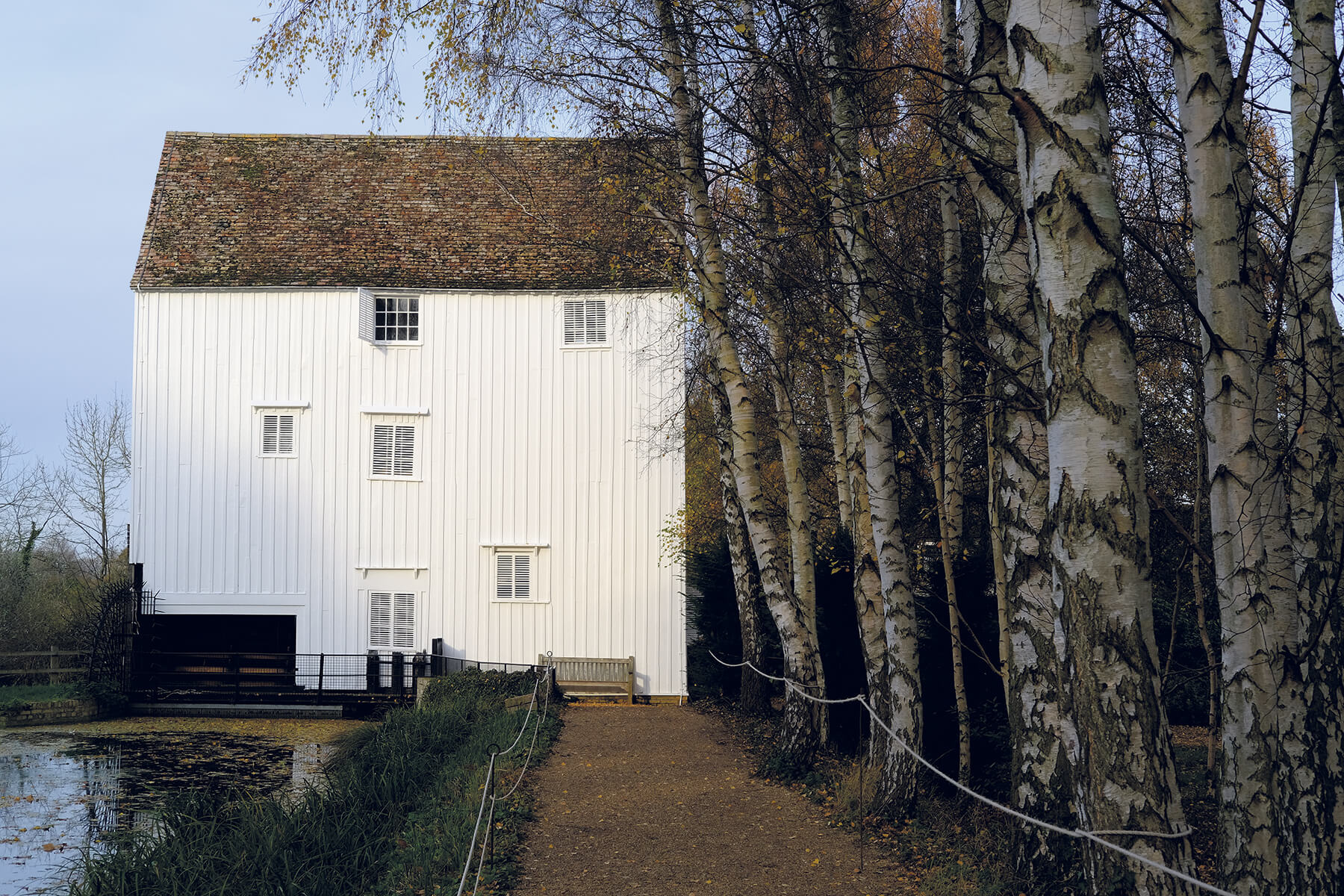
Image This is a straight-out-the-camera JPEG, which shows the exposure system’s accuracy, giving a very good balance between highlights and shadow areas. Aperture-priority AE was used and the settings were 1/170sec at f/8, ISO 200 on a Fujifilm 35mm f/2 lens
Performance: exposure latitude
To test the exposure latitude of the X-Pro3’s Raws, exposure brackets of +/-3EV were taken and the results exposure corrected in Lightroom. This scene was shot with the 55-200mm f/3.5-4.8 and the correct exposure was metered at 1/350sec at f/5.6, ISO 200.
Typically, overexposure was less impressive compared with underexposure and, while a +3EV shot could be recovered reasonably well, highlights still looked washed out with a slightly veiled appearance. More potential is provided by the +2EV shot, although some extra correction was needed to get the correct colour balance, while no such issues surfaced with the +1EV shot, which recovered well enough to match the correctly exposed shot.
Getting a quality image from underexposed Raws was easier, certainly in terms of getting a good, tonally correct and saturated result. There was a gain in digital noise with the -3EV, but it wasn’t much and the -2EV and -1EV shots recovered perfectly well.
The X-Pro3’s Raws have a good exposure latitude and a decent degree of recoverability, which is useful for when you or the camera don’t get it quite right.
Click the images to see a larger view
With new firmware, the phase-detect AF system works down to -6EV, which is pitch darkness, and indeed it did perform accurately in appalling light, but, as you would expect, it still needed something to lock on to.
Give the AF system more favourable conditions and it works very swiftly and accurately. In terms of AF points, the X-Pro3 has the same arrangement as previous X-Pro and X-T models. There’s the choice of 117 or 425 AF points set out in a 13×9 or 17×25 grid respectively. Within that grid, you have the option of working in wide area mode, the choice of 3×3, 5×5 and 7×7 zones that can be moved within the 13×9 area and then six different size single AF points. In the smallest AF point all 425 points can be used. Moving the AF zone/points can be done with the focus lever or, if the monitor is down, by touch AF.
The X-Pro3 has face/eye detection and that worked consistently well and accurately, even when the subject was quite small in the viewfinder, and could perform a decent tracking job even with subjects traversing across the wide focus area. For continuous AF, which is selected by a front lever, the camera offers five case studies to suit different subjects and their behaviour (a suddenly appearing subject, for example) and there’s a custom option where tracking sensitivity, speed tracking sensitivity and zone area switching can be adjusted.
Click the images to see a larger view
I tried the X-Pro3 with wide, standard and telezoom lenses, including the Fujifilm 55-200mm f/3.5-4.8 and found the AF system very responsive and faster, and noticeably better than my X-T2. True, that camera is a couple of years older, but the benefit of the newer camera was very, very apparent, so a big thumbs up for the X-Pro3’s AF skills.
In fact, it’s an overall general thumbs up from me. With its styling, the hidden monitor, the cool sub-monitor and features like multiple exposures (up to nine), focus bracketing, HDR and 4K video (no headphone jack though), the X-Pro3 is a thoroughly modern machine with a twist. Some aspects of handling could be better and in that I include the compensation dial and two-stage setting of exposure and focus bracketing (the drive control followed by the menu), but these are minor and not enough to deter me from recommending the X-Pro3. This, of course, assumes you buy into the hidden monitor concept, because it does need a mind shift.

Image The X-Pro3 will appeal to street and documentary photographers with its discrete looks and hidden monitor. Its mechanical shutter is very quiet and there’s the option of the silent electronic shutter. Aperture-priority AE was used and the settings were 1/450sec at f/2.8 on a Fujifilm 35mm f/2 lens. The ISO used was 1000, which shows the image quality possible even at high sensitivities
Verdict
I can’t recall when a camera feature divided opinion like the X-Pro3’s hidden monitor. Depending on your viewpoint, you’ll either think it’s awesome or a gimmick. I’m not going to risk splinters by fence-sitting and I’m happy to say I really enjoyed not seeing my shots the instant after taking them and, yes, I enjoyed the EVF and the sub-monitor was cool. I only had the camera for a short time and perhaps my view might change in the longer term – maybe!
What won’t change is how impressed I was with the camera’s autofocus and exposure systems and the quality of images, especially at higher ISOs. These factors, coupled with the camera’s mostly favourable handling, including the excellent handgrip and the body’s robust build, make the Fujifilm X-Pro3 a terrific camera that possesses that rare quality of personality. Both finishes are fairly priced, too.
Pros: Hidden monitor – it’s cool to use, image quality, the quality EVF, sensitive and accurate AF system, high ISO performance, in-camera Raw processing
Cons: Hidden monitor – it’s gimmicky and slow for menu changes, compensation dial needs a firmer click-stop or a lock
| Features | 23/25 |
Impressive sensor, sensitive AF, robust build |
| Handling | 23/25 | Positive controls, logical layout and excellent handgrip |
| Performance | 24/25 | Image quality is excellent and AF system very capable |
| Value for money | 22/25 | A flagship model is never going to be cheap, but the X-Pro3 is good value |
| Overall | 92/100 | The X-Pro3 is a mighty fine, very capable camera and lovely to use |
For more information, please visit the Fujifilm website.
As featured in issue 72 of Photography News.














